Clementine oranges
hooks
17 years ago
Related Stories

DECORATING GUIDESTangerine Tango: 4 Ways to Use Pantone's Color of the Year
Don't let this bold hue scare you — try warming up any room with this cheerful red-orange color of 2012
Full Story
SHOP HOUZZHouzz Products: Summer Color for the Patio
Set a sunny, happy outdoor scene with accessories and furniture in sea blue and sunset orange
Full Story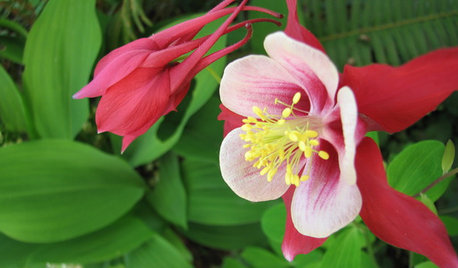
GARDENING FOR BUTTERFLIESGreat Design Plant: Columbine Grows Happily in Shade and Sun
Its ethereal beauty comes from complex forms and wide-ranging colors, but columbine’s benefits are highly attractive too
Full Story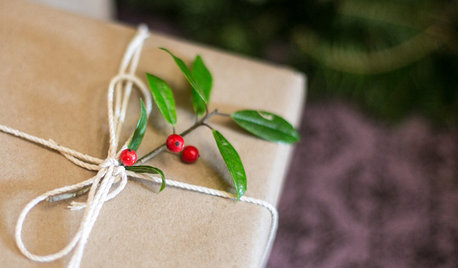
CHRISTMASGift Giving the Simple-ish Way
If buying holiday gifts drives you to the spiked holiday punch, try these easier but still rewarding traditions
Full Story
KIDS’ SPACESPhotos of 2013: The Most Popular Kids’ Spaces
Built-in bunk beds, cool colors and other smart design elements offer ideas for kids’ bedrooms, nurseries and playrooms everywhere
Full Story
5 Ways to Make the Most of Your Morning
See How Your Home Can Help You Gear Up for the Day Ahead
Full Story
FEEL-GOOD HOMEYour Best Winter Accessory for the Kitchen
Flowers and foliage will bring cheer to your kitchen even in the dead of winter
Full Story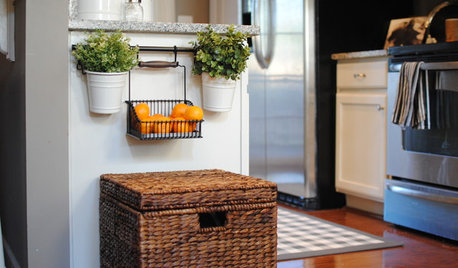
Fruit Displays Sweeten Summer Interiors
Eating the rainbow takes on a new meaning in these seasonally inspired fresh fruit accents
Full Story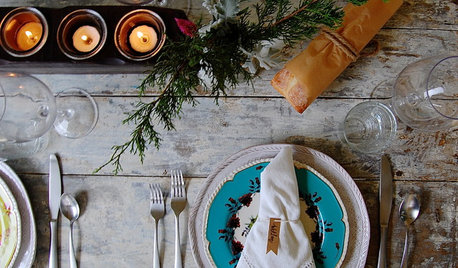
HOLIDAYSSpend Less Without Being a Grinch: 8 Holiday Ideas
Give meaningful gifts and use nature's decor to work holiday magic without blowing your budget
Full Story
Member Photos: Small Touches Make a Big Difference
Inspiring Vignettes From a Creative Houzz Member's Home
Full StoryMore Discussions







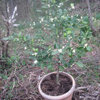
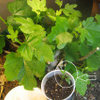
Dave in NoVA • N. Virginia • zone 7A
silica
Related Professionals
Wrentham Landscape Architects & Landscape Designers · Havre de Grace Landscape Architects & Landscape Designers · San Juan Landscape Architects & Landscape Designers · Azalea Park Landscape Contractors · Bridgeview Landscape Contractors · Corona Landscape Contractors · Darien Landscape Contractors · Deerfield Landscape Contractors · Dickinson Landscape Contractors · East Patchogue Landscape Contractors · Indianapolis Landscape Contractors · Mason Landscape Contractors · Muttontown Landscape Contractors · Point Pleasant Landscape Contractors · Saint Paul Landscape ContractorshooksOriginal Author
silica
hooksOriginal Author
kquat
hooksOriginal Author
kquat
silica
kquat
kquat
rickjames
silica
silica
rickjames
hooksOriginal Author
tcamp30144(7B N.ATLANTA)